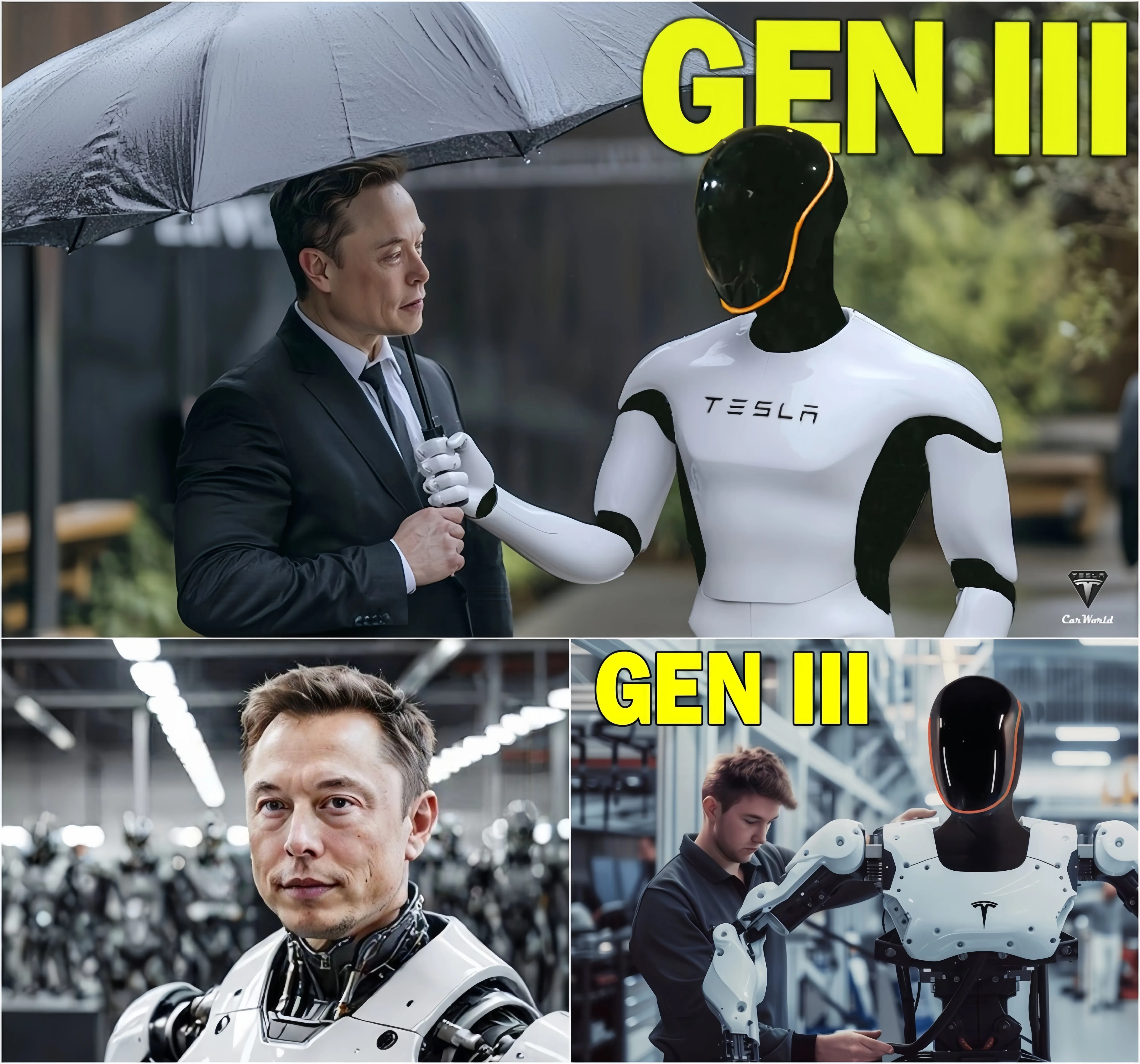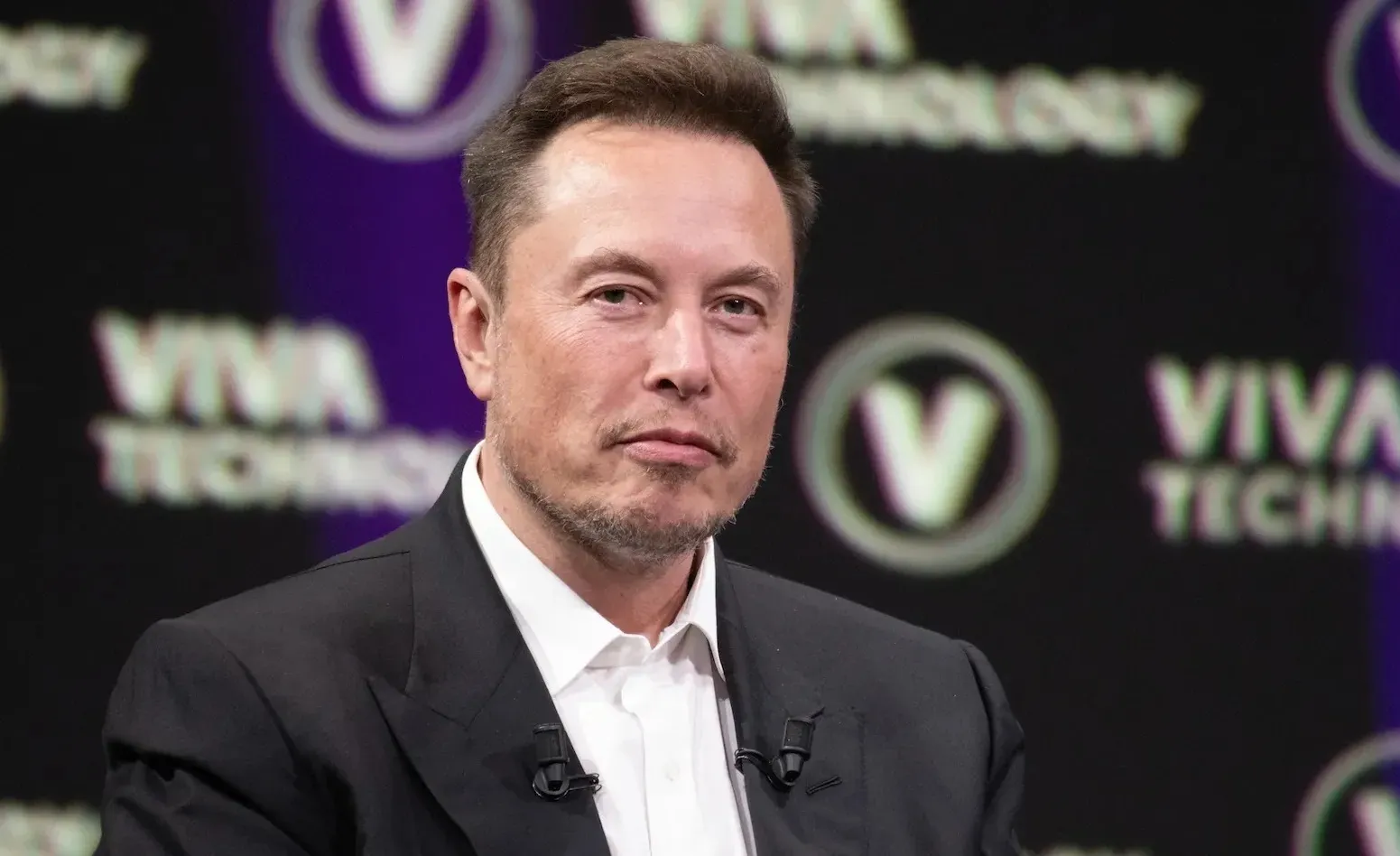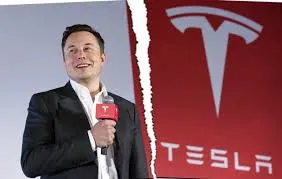In a recent revelation, Elon Musk shared insights into Tesla’s production strategy for its advanced humanoid robots, Optimus, which are revolutionizing the robotics industry. Musk surprised fans and analysts alike by disclosing that Tesla can produce each Optimus robot at a cost of only $10,000, yet the company sets the market price at $20,000. This pricing strategy, Musk explained, reflects not just the cost but also the immense value and unique capabilities these robots offer.

According to Musk, Tesla’s efficiency in producing Optimus robots at such a low cost lies in cutting-edge advancements in both hardware and software. Tesla has leveraged its years of experience in manufacturing electric vehicles, using shared components and streamlined processes to keep production costs manageable. Optimus shares several design elements and parts with Tesla vehicles, such as the advanced battery packs and neural network systems, which allow the company to scale production efficiently.
Tesla’s state-of-the-art factories also play a significant role. Musk explained that the company’s Gigafactories are designed with automation in mind, enabling the production of robots alongside electric vehicles. This setup helps reduce labor costs and increases productivity, bringing the production cost down without compromising quality or functionality.
When asked about the significant markup, Musk clarified that the $20,000 price tag reflects the value Optimus brings to businesses and households. He pointed out that, unlike traditional industrial robots that are expensive and limited to specific tasks, Optimus is designed to be versatile and user-friendly, making it adaptable to a wide range of applications. “Optimus has the potential to revolutionize not only industries but also homes by handling repetitive tasks, freeing up humans for more creative work,” Musk stated.
The pricing also accounts for Tesla’s investment in research and development, which has been substantial given the novelty and ambition of the project. Musk emphasized that each sale not only covers production costs but also funds continuous innovation, including upgrades and future developments.
With Optimus Generation 2 models gaining traction in various sectors, Musk hinted at an even more advanced Gen 3 model slated for release in 2025. This new generation is expected to incorporate the latest advancements in AI and robotics, with improved dexterity, speed, and decision-making capabilities. According to Musk, the Gen 3 model may feature enhanced sensory capabilities, making it more responsive to complex environments, along with potential updates in facial recognition and even voice interaction.
Tesla is aiming to position Optimus Gen 3 as a more capable, human-like assistant that can handle a wider range of tasks with greater independence. By 2025, the improvements could make Optimus a feasible option not only for companies but also for average households, bringing intelligent robotics closer to everyday life.
Musk’s vision for Optimus is part of a broader plan to redefine the way humans interact with machines. With the continued development of Optimus, Tesla aims to lead the field in accessible robotics, offering solutions that not only boost productivity but also potentially transform personal lives. While the price point might be a barrier for some, Musk is confident that Tesla’s strategy of improving technology while keeping production costs low will eventually lead to more affordable models in the future.
As the robotics industry continues to evolve, Tesla’s ambitious approach could set a new standard for household and industrial automation. For now, Optimus robots remain one of the most exciting innovations on the horizon, with many eagerly awaiting the next phase of Tesla’s groundbreaking journey.
Leave a Reply